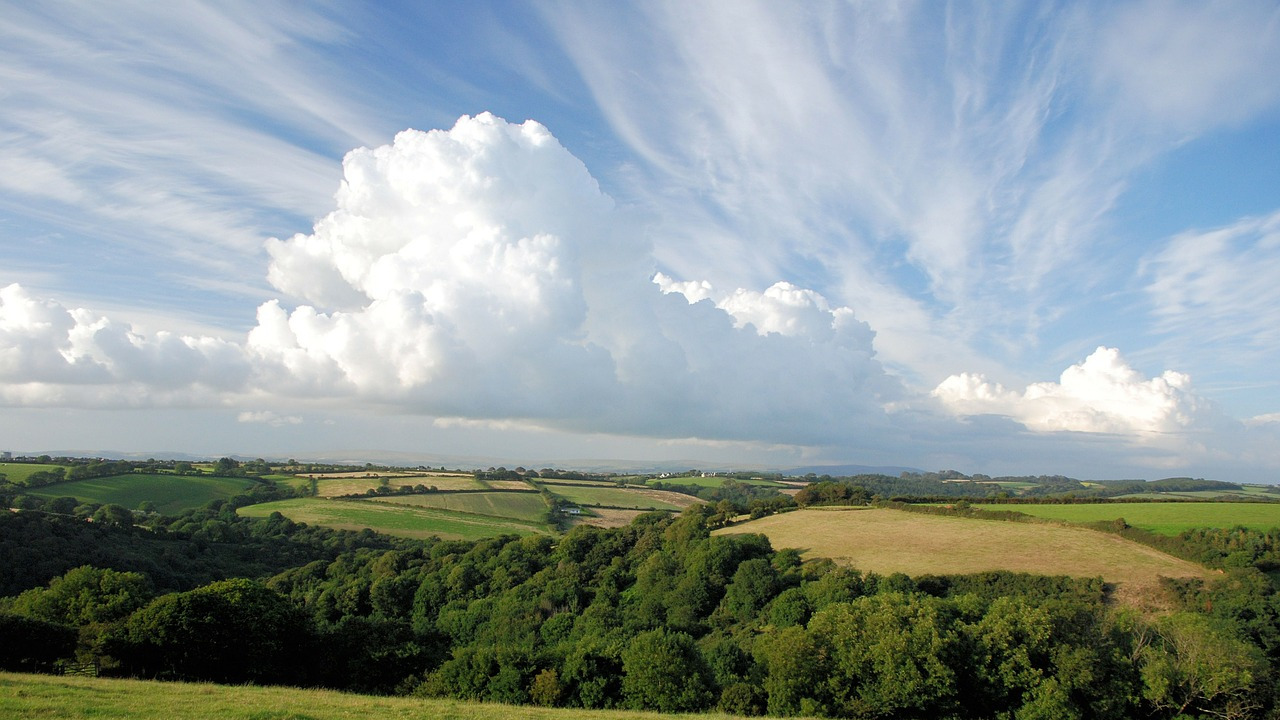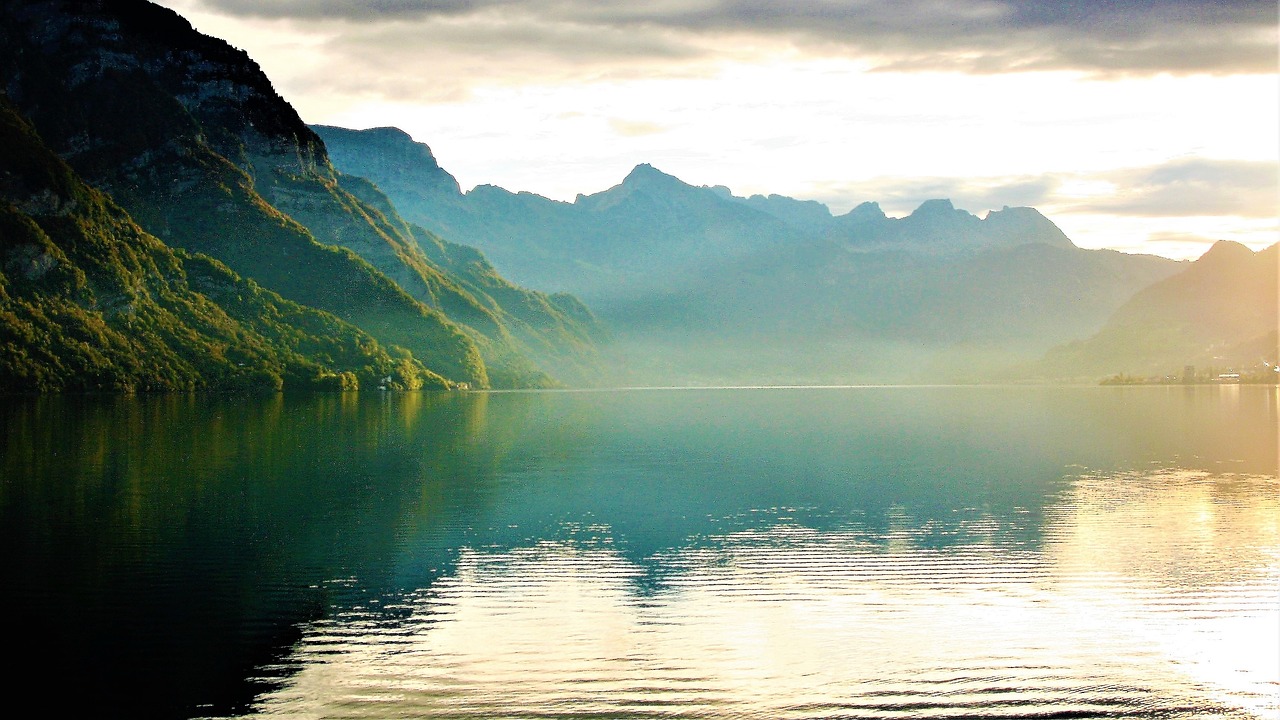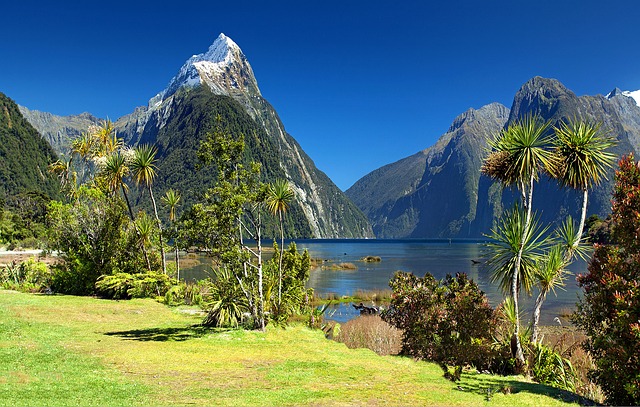
Is the weather precisely exactly the exact identical thing? Nope, they are not. They share some common characteristics, though they are distinct from one another. However, before we delve into their similarities and gaps, let us discuss what exactly they are.
What’s Weather?
Weather signifies that the status of the air. It lets you know if the air is cold or hot, dry or humid, cloudy or bright.
From “weather” we really mean the fluctuations in humidity, humidity, precipitation, clouds, wind, along with other facets.
There are lots of tools, making it feasible for all of us to assess the changes in those components. With these dimensions, we’re capable of making predictions. But, its nature and weather changes makes it tricky to predict the weather for over two weeks.
These weather predictions can be useful during severe weather like thunderstorms, cyclone or even tornado. It helps to decrease harm to properties and lives.
Moisture, heat, air pressure, and storms principally influence weather. In case you’ve got a weather channel at your house, you are able to assess the fundamental items.
Let us take a look
Heating
The ground absorbs heat and spread during the air. Since the sun’s rays hit the ground at several angles air temperature changes from place to place.
Air Pressure
Air pressure is the measure of the power of the atmosphere pressing down on the surface of the earth. It’s dependent upon the air’s grade. The denser atmosphere transports pressure.
Air pressure around the ground may fluctuate considerably from location to location as a result of unequal heating of the air. This atmosphere pressure difference causes this atmosphere in which we predict wind’s motion.
Moisture
The quantity of moisture from the atmosphere is known as humidity. It’s a significant impact in the weather since the moisture from the air causing clouds precipitation to fall into the ground along with to come up with.
What’s Climate?
The climate is the average weather requirement for a region over a protracted period of time 30 years. For the majority of us, “climate” implies an area is warm, cold, dry or wet. These four factors chiefly determine the climate.
Latitude
The sunray drops on various latitudes. The longer close the place would be to the equator (low latitudes), the warmer weather it will be; the larger space (greater latitudes), the cooler it becomes. The ground is broken up into three climate zones depending on temperate, subtropical and tropical zones. The tropical zone is distinguished by high temperatures, whereas the polar zone is freezing and the temperature is usually under 1 °c. Because their temperature is mild, in reference to this zone, they’re neither burning hot or freezing cold.
Proximity into Coastlines
While warmer due to being adjacent to the ocean, the lands are far somewhat warmer in the winter months. For unlike areas, sea waters take to alter the temperature.
Altitude
Altitude has a massive influence on the climate. Also known as high elevation. The elevation commences at 2,400 meters above sea level. Places at elevated altitudes are far cooler than areas in low altitudes.
Wind and Ocean Currents
Sea and wind currents play an essential part in deciding the climate of an area.
Similarities between Weather and Climate
- Both of these are linked to climatic states
- Any shift in climate or weather has a substantial effect on the inhabitants of their neighborhood region
- Both of these indicate that the atmospheric state of a particular region
- Temperature and precipitation are crucial in determining both climate and weather
Differences between Weather and Climate
- The climate suggests the condition of the air in a short time period, whereas the climate signifies ordinary weather of a particular area over a span of several decades.
- The weather may change in a couple of minutes, while the weather can take a long time to alter.
- Weather is analyzed from the meteorologists. By comparison, the climatologists study the weather.
- The weather is quantified over a lengthy moment. The weather has been quantified for the brief term.
Conclusion
Although weather and climate are linked, they are like being duped. They have more differences than similarities. But, they both are immensely critical since they inform us about the conditions that are atmospheric and also have a massive influence on our own lives.









 The human body can’t handle excessive heat. The processes that keep us alive work best within a certain temperature window. That’s generally between about 36° and 37° Celsius (96.8° to 98.6° Fahrenheit), depending on the person.
The human body can’t handle excessive heat. The processes that keep us alive work best within a certain temperature window. That’s generally between about 36° and 37° Celsius (96.8° to 98.6° Fahrenheit), depending on the person.

 The cold weather is upon us (for those people in North) and now is the time to receive layered. For all those folks that wish to persist that’s the very best way to stay warm on the bicycle. Canada it has very chilly in mornings and can heat up greatly throughout the day in this period of year.
The cold weather is upon us (for those people in North) and now is the time to receive layered. For all those folks that wish to persist that’s the very best way to stay warm on the bicycle. Canada it has very chilly in mornings and can heat up greatly throughout the day in this period of year.
 So that you may see the cloud formations and lightning
So that you may see the cloud formations and lightning 




